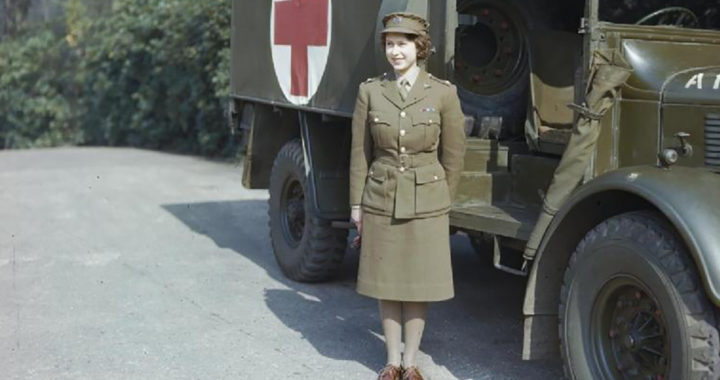The United Kingdom and the self-governing Dominions other than Ireland entered the Second World War in September 1939 when they declared war on Nazi Germany. Reigning monarch King George VI and his family resolved to stay in London despite bombing raids from the German forces and against the advice of British government officials.
Lord Hailsham also suggested that the two young daughters of George VI—Princesses Elizabeth and Margaret—should be evacuated to Canada to avoid becoming war casualties. Elizabeth was 13, and Margaret was 9 during that time.
There was a particular concern directed toward Princess Elizabeth because she was the heiress presumptive. However, the Queen Mother dismissed this suggestion, declaring that her children would not go without her, and she would not definitely go without King George VI.
Both Princesses Elizabeth and Margaret lived at the Royal Lounge from February to May 1940 before moving to Windsor Castle for most of the next five years. On the other hand, King George VI fulfilled his official duties during the war by touring across the U.K. to make public appearances and corresponding with relevant officials.
The Role of Queen Elizabeth II in World War 2
Nevertheless, prior to her ascension to the throne and before she became Queen Elizabeth II, the young Princess Elizabeth fulfilled several official royal and voluntary military duties during the Second World War. She also remained the only female member of the royal family to serve in the Military.
The following are the specific roles and contributions of Queen Elizabeth II during the Second World War:
• Princesses Elizabeth and Margaret staged pantomimes during Christmas of December 1940 in aid of the Queen’s Wool Fund. The fund raised enough money to buy yarn to knit into military garments.
• The 14-year-old future Queen made her first radio broadcast via the Children’s Hour program of BBC to address other children who were evacuated from the cities. She said, “We are trying to do all we can to help our gallant sailors, soldiers, and airmen, and we are trying, too, to bear our share of the danger and sadness of war. We know, every one of us, that in the end, all will be well.”
• Elizabeth visited Grenadier Guards in 1943, thus marking her first solo public appearance. Note that the Grenadier Guards is an infantry regiment of the British Army. The young princess had been appointed its colonel in the previous year.
• The parliament changed the law to allow her to act as one of five Counsellors of State in the event her father, King George VI, becoming incapacitated or unavailable due to official absence. The Counsellors of State are senior members of the British royal family delegated with state functions and powers in the absence of the reigning monarch.
Below are the specific details regarding the military service undertaken by the Queen during the War
• The war was still raging by February 1945. Elizabeth had already turned 18. According to the Royal Collection Trust, the princess insisted on joining the Auxiliary Territorial Service as a subaltern.
• Note that the Auxiliary Territorial Service was the woman’s branch of the British Army during World War 2. It provided both off-the-field and field support the army. The roles varied from equipment operators to logistics support.
• On the other hand, a subaltern is an officer of the British Army placed below the rank of a captain. It is essentially a British term for a junior officer, and it literally means “subordinate.” It generally comprised the various grades of lieutenant.
• Elizabeth was specifically appointed as an honorary second subaltern in the Auxiliary Territorial Service. She trained as a truck driver and mechanic and was given the rank of honorary junior commander five months later. She had a service number of 230873.
FURTHER READINGS AND REFERENCES
- 13 October 1940. “Children’s Hour – Princess Elizabeth.” BBC. Available online
- Mason, A. 9 January 2018. “What the Royal Family Did during the Second World War.” Imperial War Museum. Available online
- The London Gazette. 6 March 1945. “Supplement to the London Gazette, 9 March 1945.” The London Gazette. Supplement No. 36973, p. 1315 Available online
- The Royal Household. n.d. “Queen Elizabeth, the Queen Mother.” The Royal Household. Available online





